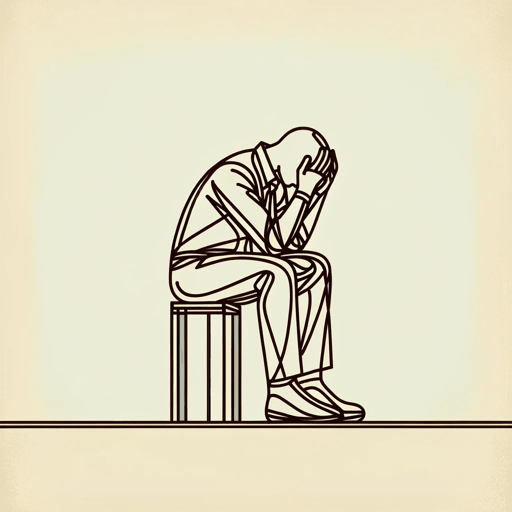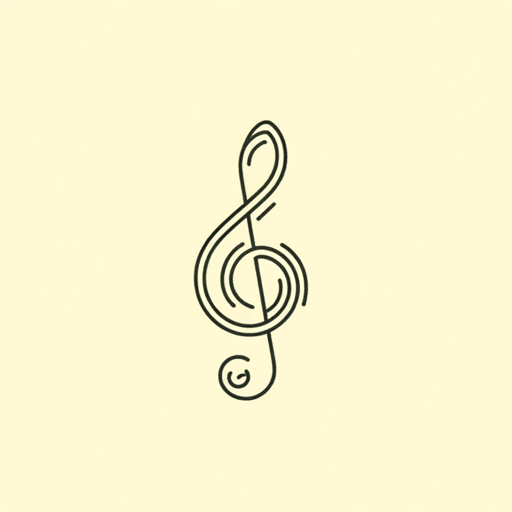23 pages • 46 minutes read
Walt WhitmanCrossing Brooklyn Ferry
Fiction | Poem | Adult | Published in 1856A modern alternative to SparkNotes and CliffsNotes, SuperSummary offers high-quality Study Guides with detailed chapter summaries and analysis of major themes, characters, and more.
Symbols & Motifs
The Fulton Street Ferry
For Whitman, the 10-minute ride on the Fulton Street Ferry symbolizes functionality. Much like a contemporary subway train or a city bus, the ferry ride is a living, never-failing expression of urban life. Before the Brooklyn Bridge opened in the 1880s, the ferry bussed thousands of commuters every day to midtown and back, among them Whitman himself. The ferry has other meanings, however. As an acolyte of Emerson’s Transcendentalism, Whitman doesn’t believe in the limitations of any object. In the poem, the ferry comes to symbolize nothing less than the heroic journey of life itself. That symbolic value opens up the commuter ride to contain and envelop all of those on the ferry’s deck.
The poem is set in December, in the late afternoon (“the sun there half an hour high” [Line 2]). That season and time of day symbolically suggest the movement of each of us from birth to death as the afternoon sun concedes to the encroaching dark. But there is no hushed tragedy, no gloomy sorrow over the journey toward death. The movement is constant: No single journey, no single commuter defines or defies the journey. The poem sustains a sense of animation that fuses the individual and the communal journeys that we take.
Related Titles
By Walt Whitman

A Glimpse
Walt Whitman

America
Walt Whitman

A Noiseless Patient Spider
Walt Whitman

Are you the new person drawn toward me?
Walt Whitman

As I Walk These Broad Majestic Days
Walt Whitman

For You O Democracy
Walt Whitman

Hours Continuing Long
Walt Whitman

I Hear America Singing
Walt Whitman

I Sing the Body Electric
Walt Whitman

I Sit and Look Out
Walt Whitman

Leaves of Grass
Walt Whitman

O Captain! My Captain!
Walt Whitman

Song of Myself
Walt Whitman

Vigil Strange I Kept on the Field One Night
Walt Whitman

When I Heard the Learn'd Astronomer
Walt Whitman

When Lilacs Last in the Dooryard Bloom'd
Walt Whitman

